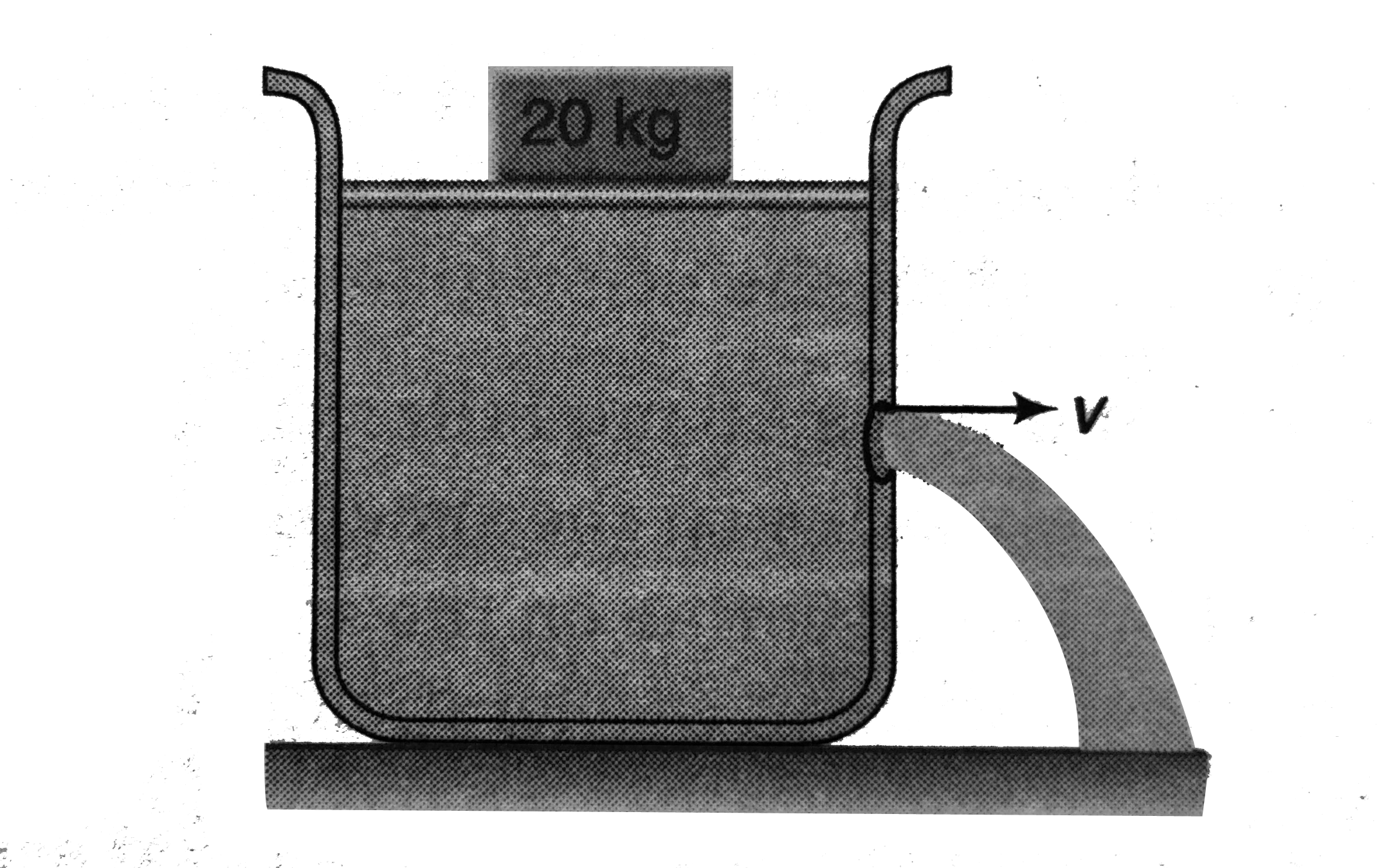In a hydraulic press , the narrower limb has an area of cross - section 0.25m2 while that on the liquid in the narrower limb to a lift a vehicle of vehicle of 1000 kg kept on top of the fluid in the larger limb of cross section '1 m^2' ?
To solve the problem, we will apply Pascal's law, which states that pressure applied to a confined fluid is transmitted undiminished in all directions throughout the fluid.
1. Identify Given Data:
- Area of the narrower limb, A1=0.25m2
- Area of the larger limb, A2=1m2
- Mass of the vehicle, m=1000kg
- Acceleration due to gravity, g=9.8m/s2
2. Calculate the Force Exerted by the Vehicle:
The force exerted by the vehicle can be calculated using the formula:
F2=m⋅g
Substituting the values:
F2=1000kg⋅9.8m/s2=9800N
3. Apply Pascal's Law:
According to Pascal's law, the pressure in both limbs is equal:
F1A1=F2A2
Rearranging the formula to find F1:
F1=F2⋅A1A2
4. Substitute the Values:
Now substituting F2, A1, and A2:
F1=9800N⋅0.25m21m2
F1=9800N⋅0.25=2450N
5. Conclusion:
The force required to lift the vehicle using the hydraulic press is F1=2450N.
- Area of the narrower limb, A1=0.25m2
- Area of the larger limb, A2=1m2
- Mass of the vehicle, m=1000kg
- Acceleration due to gravity, g=9.8m/s2
The force exerted by the vehicle can be calculated using the formula:
F2=m⋅g
Substituting the values:
F2=1000kg⋅9.8m/s2=9800N
According to Pascal's law, the pressure in both limbs is equal:
F1A1=F2A2
Rearranging the formula to find F1:
F1=F2⋅A1A2
Now substituting F2, A1, and A2:
F1=9800N⋅0.25m21m2
F1=9800N⋅0.25=2450N
The force required to lift the vehicle using the hydraulic press is F1=2450N.
Topper's Solved these Questions
- FLUID MECHANICS Book:FIITJEEChapter:FLUID MECHANICS Exercise:SOLVED PROBLEMS (SUBJECTIVE)
Explore 10 Videos
- FLUID MECHANICS Book:FIITJEEChapter:FLUID MECHANICS Exercise:SOLVED PROBLEMS (OBJECTIVE )
Explore 14 Videos
- ELECTROSTATICSBook:FIITJEEChapter:ELECTROSTATICSExercise:Example
Explore 14 Videos
- GENERAL PHYSICSBook:FIITJEEChapter:GENERAL PHYSICSExercise:MATRIX MATCH TYPE
Explore 3 Videos
Similar Questions
Knowledge Check
A nichrome wire of length 100 cm and area of cross-section 0.5mm2 has a resistance of 2.2Ω. The resistivity of nichrome is
A110ΩB0.11ΩmC121ΩmD11×10−7ΩmThe area of cross-section of a wire is 10−5m2 when its length is increased by 0.1% a tension of 1000N is produced. The Young's modulus of the wire will be (in Nm−2)
A1012B1011C109D1010A 20kgload is suspended by a wire of cross section 0.4mm2. The stress produced in N/m2 is
A4.9×10−6B4.9×108C49×108D2.45×10−6
A long cylindrical tank of cross-sectional area 0.5m2 is filled with water. It has a small hole at a height 50cm from the bottom. A movable piston of cross-sectional area almost equal to 0.5m2 is fitted on the top of the tank such that it can slide in the tank freely. A load of 20kg is applied on the top of the water by piston, as shown in the figure. Calculate the speed of the water jet with which it hits the surface when piston is 1m above the bottom. (Ignore the mass of the piston)

View SolutionA wire 3m long and having cross - sectional area of 0.42m2 is found to stretched by 0.2 m under a tension of 1000 N. The value of young's modulus for the material of the wire is
View SolutionThe inductance of a solenoid 0.5m long of cross-sectional area 20cm2 and with 500 turns is
View SolutionThe cross-section of a canal is in the shape of a trapezium and the area of cross-section is 360m2. If the canal is 12 m wide at the top and 8 m wide at the bottom the depth of the canal is :
View SolutionA wire of area of cross-section 10−6m2 is increased in length by 0.1 %. The tension produced is 1000 N. The Young's modulus of wire is
View Solution